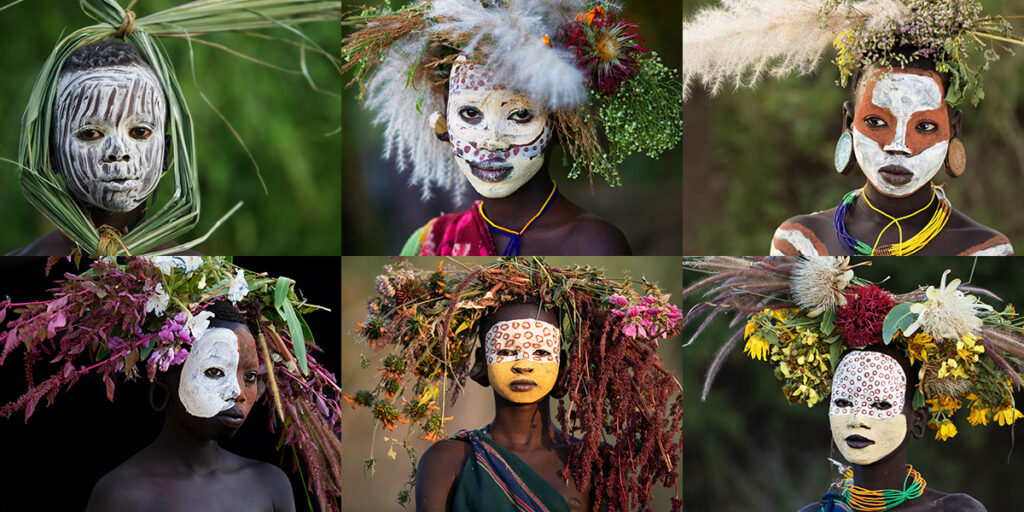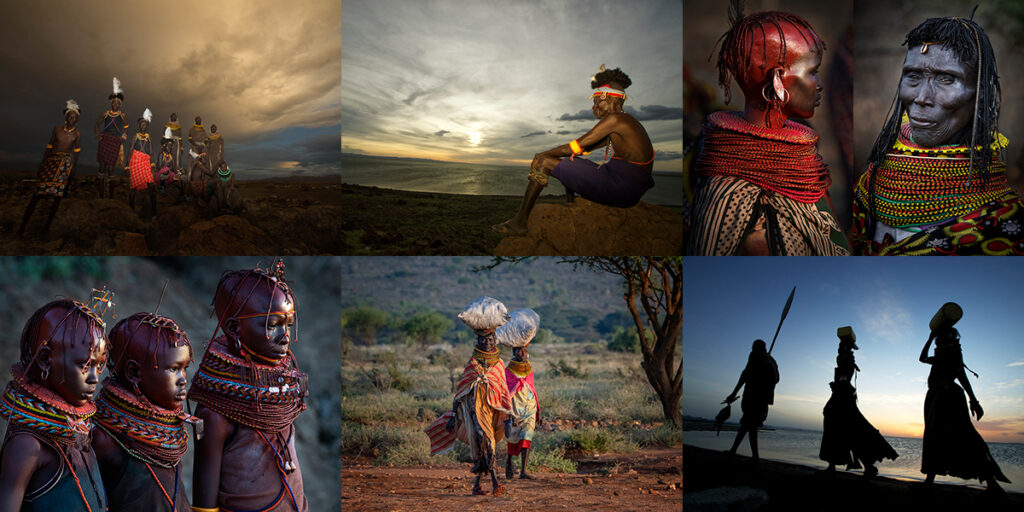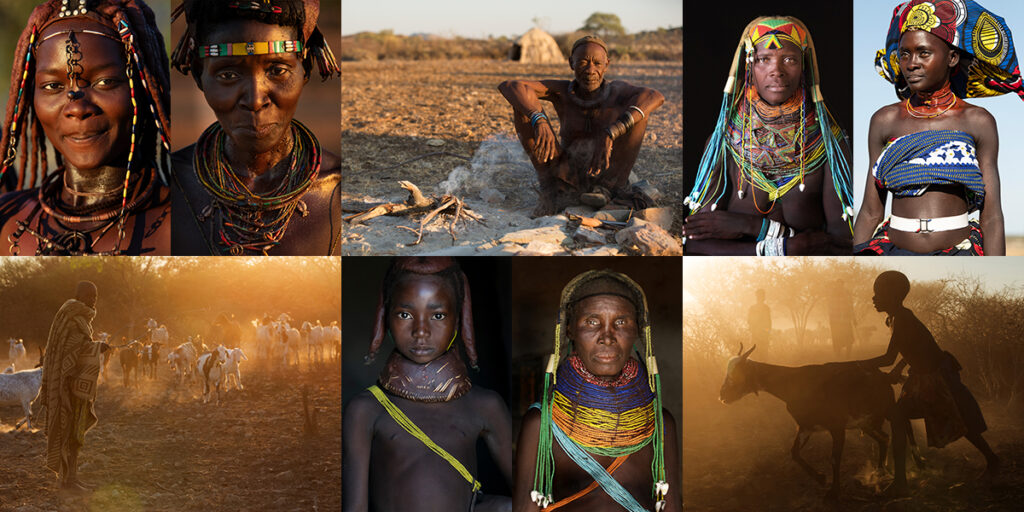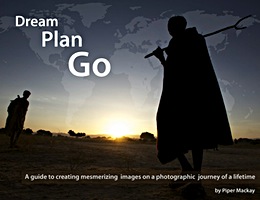Arriving in Tanzania for the first time, nearly 18 years ago (very hard to believe), I had no idea what to expect; other than all the movies I had watched and books I had read about Africa since I was a child. This was not a photography trip, but a life enriching safari (vacation) with the Sierra Club. It was timed during the migration, went to 4 different reserves, had visits with top wildlife researchers, cultural groups, and we went to a Maasai Village. My first safari experience was all encompassing and is what laid the foundation for my love of Africa; wildlife, tribes, and conservation.
That first visit in a Maasai village was of another world! Being born and raised in Southern California the only tribe I knew was the Surfing one. I was overwhelmed by the beauty, sense of community, traditions, and lifestyle. Coming from a career in the fashion industry, textile and garment design, their dress and ornamentation put me on visual overload. During that first visit I had to be practically dragged out of the village in awe of experiencing a world so raw and different; cell phones and modernization had not yet arrived.
DISCOVERING THE SURI

In those early years, Hans Silvester released his book on the Suri tribe, which reached the pages of top fashion publications, and I knew I needed to find this tribe. It took nearly 5 years of research the old fashion way; lonely planet book and word of mouth, but finally I was successful. In those early days it took three hard days of driving bad roads to reach deep down into southern Ethiopia where some of the most beautiful tribes on the African continent live, even today.
Inspired by their environment of wild trees, exotic flowers, and lush vegetation, these tribes use the clay soil of bright yellows, startling whites, and rich earth-reds to paint each other’s bodies. They make bold decisions about their outfits’ hand-crafted from animal skins and decorated with beads, feathers, and shells. Known as a living museum to anthropologists, they become a walking body of art; to photographers, they are visually breathtaking. However, more than the photograph is the epic journey of discovery in a place so uniquely different than any other in the world. These tribes live side by side, each with their own traditions and unique appearance, making the Omo Valley still one of the most ethnically diverse places on Earth. I am excited to return to the Omo this year following several years of the tribes living peacefully without tourism. I know it will be a special year- BEST OF THE OMO 2022
When I first dropped down into this valley it was as if life had stood still; an experience I will NEVER forget and a big turning point in the direction of my career. More than the stunning photographs was the incredible privilege of experiencing these tribes authentically. It made me realize how amazing it would have been to experience the native American Indians when they were living traditionally and thriving on the lands. It became my motivation to explore further.
ON INTO NORTHERN KENYA

The Omo River feeds lake Turkana in Northern Kenya. Known as the jade sea the area is stunningly beautiful, but also very harsh. Several of the tribes in Ethiopia also live in Northern Kenya; the boarder is simply a line drawn on the map by those who originally colonized the area. I knew of several of the tribes in Northern Kenya from the stories from the tribes in the Omo, so it seemed only natural this was to be the next area to explore. Attending the Turkana festival for several years gave me contacts into the interior and access into the area’s where the roads are a lot less traveled. The first time visiting these more remote regions, I again felt like I had dropped into a land that has stood still. Although Kenya is one of the biggest safari destinations the North (west north) has remained a mystery for most. As the roads are being built, creating easier access, this is another area that will soon open and change very quickly, AUTHENTIC AFRICA TRIBAL EXPEDITION 2022
South Sudan

The tribes of South Sudan complete the triangle of this last most rich tribal region in Africa. What had my immediate attention was the ancient villages with pristine huts and thatched roofs. The architecture of these huts is striking. No metal or plastic has yet come into the area and it is almost impossible to still see these kind of pristine villages anywhere in Africa. One of the big draws to South Sudan is the iconic mass cattle camps of the Mundari and Dinka.

In the large cattle camps of the Mundari, along the banks of the White Nile, work begins before dawn. The young boys ensure the fires are going; smoke and dust fill the air making it appear as if the Mundari cattle just fade into the mist of the morning. The ash-covered boys wandering through the scene creates an ethereal atmosphere, which is almost biblical. The men have a deep symbolic bond with their cattle The cattle are massaged and covered in ash to protect them against tsetse flies and mosquitoes. The cattle and livestock are then led out to the fields to graze for the day and to find water. As the sun begins to drop the livestock is brought in from grazing and streams of smoke will begin to float across the camp as the fires are started. The evening rituals begin with the men again massaging their cattle with ash to mitigate the insect bites. The ropes are prepared to tie up their cattle while other members of the group set up the beds where they will spend the night with their cattle. This ritual is repeated each day. Unlike many of the cattle camps of other tribes where being in the camps is a stage towards manhood, many of these boys will spend their whole lives in these camps.
I am really looking forward to being back there in just a few short weeks.
ANGOLA – AFRICA’S HIDDEN SECRET

Across the content on the west coast, ANGOLA is one of Africa’s hidden secrets and the last great travel mysteries. Angola is an incredibly special country, virtually untouched by foreigners because it was closed off to most outsiders for decades due to stringent visa policies, high prices, civil war, and the travel warnings that usually keeps away all, but the most adventurous travelers. In return, in such a fast modern progressing world, most of the country is still a land of unspoiled wildernesses and a lost treasure of African anthropology. The tribes in southern Angola still follow their time honored traditions and ways of life living as they have for thousands of years. I was lucky to be able to bring a small group with me last November and I believe we were the only tourist there. I am sure this June will be the same!!!!!!
Those first few years in the Omo were some of the most magical not just in my career, but in my life. I had only wished my feet landed on the rich red African soil much earlier in my life. Knowing modernization or more truthfully the spread of capitalism (creation of smart phones) was going to soon spread like wildfire around the globe creating a race towards a generic society, I was highly motivated to reach these remote far corners of Africa to experience first-hand their authentic traditions and ways of life before they vanished. Now with social media it has only accelerated as before the pandemic loads of tourist and photographers began ascending into these areas. However, I believe at least in 2022 there will still be a small window of opportunity to peacefully visit these authentic areas before the world once again rushes in. ANGOLA TRIBAL EXPEDITION- 2022!!






The best I have ever seen. Keep up the good work
Excellent writing…your experiences sound so wonderful. You have certainly given me a whole new perspective on Africa and its people…..thank you for what you do…..